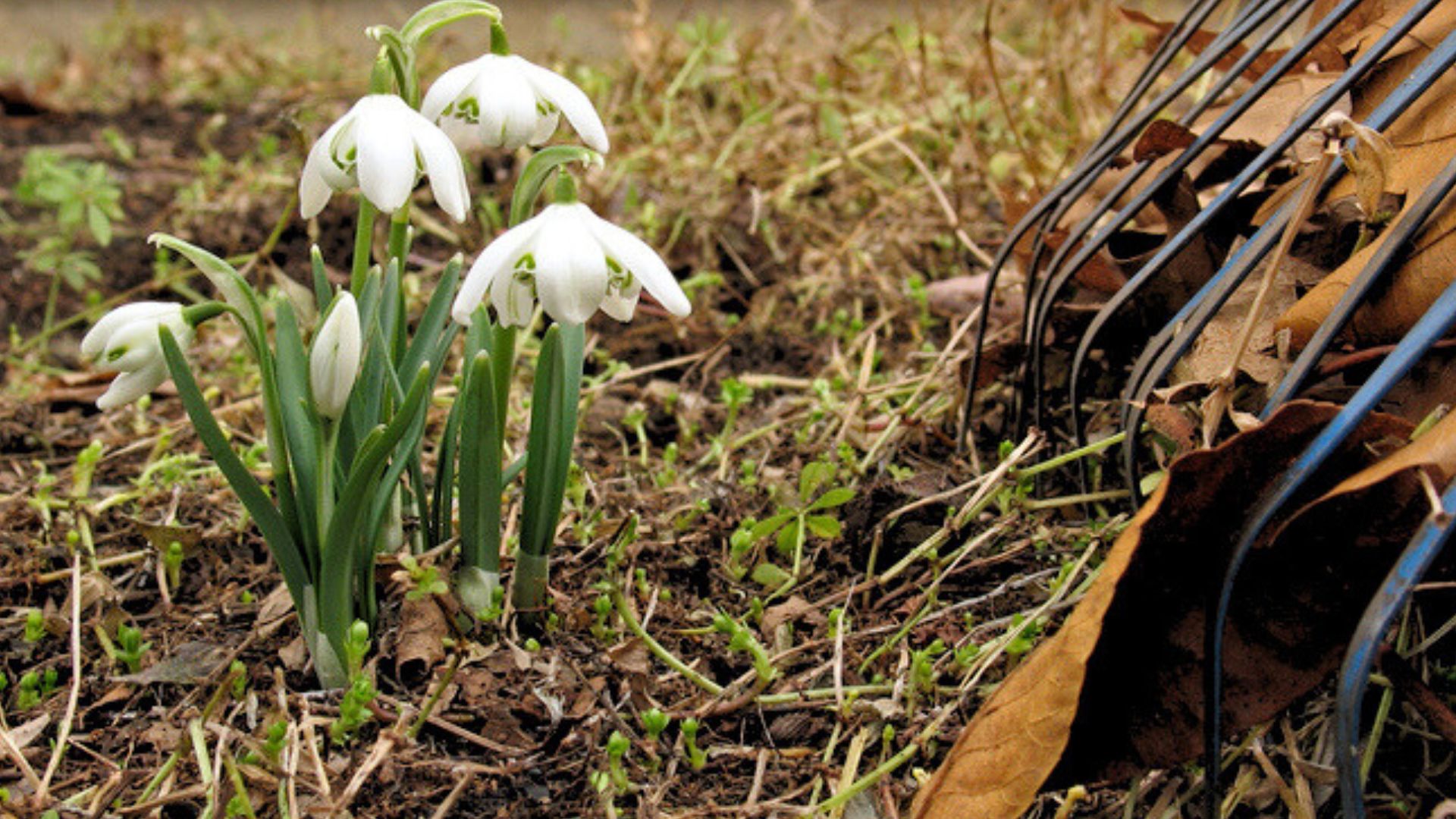Spring Cleanup Time: When To Start Spring Garden Cleaning


Knowing when to start and how to spring clean garden areas is important for the health of your local ecosystem. This is because many pollinators overwinter in the dead material you may want to remove. By waiting to do yard and garden cleanup, and by doing this chore right, you will be saving many bees and butterflies.
Spring vs. Fall
Always spring clean your garden rather than doing a fall cleanup to protect pollinators and other beneficial insects. Avoiding cleanup of dead plant material in the fall isn’t procrastinating. It is an important way to protect your ecosystem. The material protects insects, promotes the growth of microbes, and ultimately further up the food chain supports birds and other animals.
Should I Clean up My Garden Early?
There is a very good reason to wait on cleaning your garden – pollinators. Many pollinators, like bees and butterflies, overwinter in dead plant material. They ride out the cold weather there and emerge in spring to do their good work.
By removing dead material too early, you risk destroying many of these pollinators. A good rule of thumb is to wait until temperatures are consistently about 50 degrees F. (10 C.). This will help protect habitat in the spring and ensure you have a robust and healthy pollinator population and overall garden ecosystem.
Protecting Pollinators at Spring Cleanup Time
Regardless of when you begin, knowing how to spring clean garden material in a way that protects your pollinators will allow you to save even more of them.
When clearing out old stems, look for bee activity such as ends plugged with mud or plant material. Leave those in place for nesting bees. If you pick out old stems that may have bees nesting, move them to a corner of the garden for a few extra weeks so that bees can emerge. You can leave them on the ground or tie them in bundles to hang from trees or fences.
Watch out for chrysalises and cocoons when pruning back shrubs and other woody material. If a branch hosts one of these, leave it in place for now.
Sign up for the Gardening Know How newsletter today and receive a free copy of our e-book "How to Grow Delicious Tomatoes".
Butterflies, ladybugs, assassin bugs, and other beneficial insects nest in piles of leaf matter. Move leaf piles to a corner of the garden and leave undisturbed for a while.
Don’t smother the soil in beds with mulch until it is generally warm to avoid blocking in-ground nesting bees and other insects.

Mary Ellen Ellis has been gardening for over 20 years. With degrees in Chemistry and Biology, Mary Ellen's specialties are flowers, native plants, and herbs.